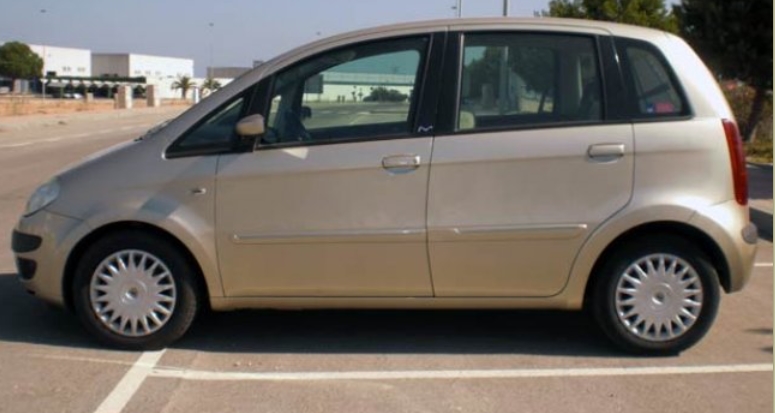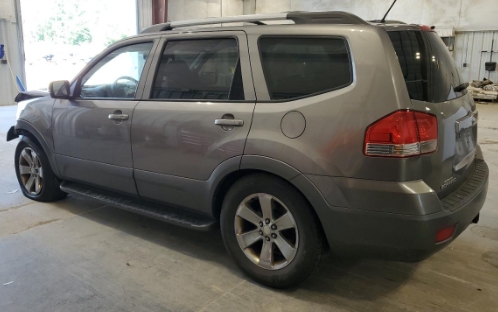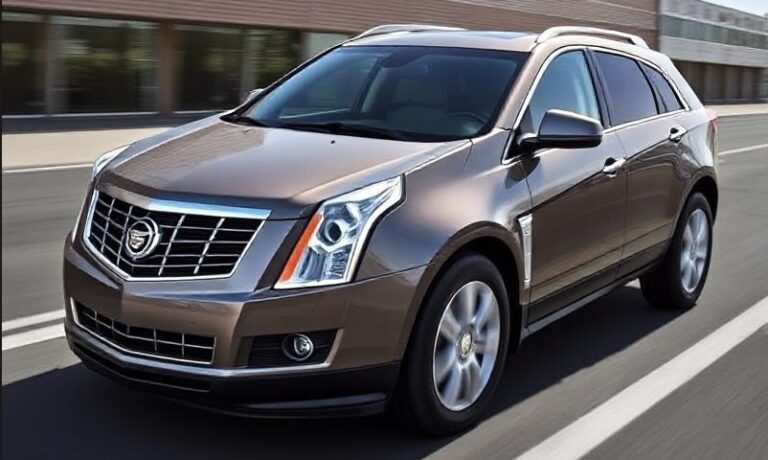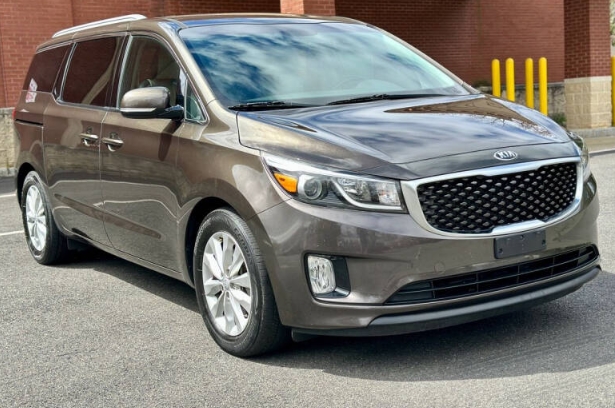The Evolution of the Lancia Musa
The Lancia Musa is a compact multi-purpose vehicle (MPV) produced by the Italian automaker Lancia, a brand renowned for its blend of Italian style, innovative engineering, and luxury features. Since its inception in 2004, the Musa has undergone significant evolution, adapting to changing market demands, technological advancements, and design philosophies. This article provides a detailed overview of the Musa’s development, model variations, and trim levels across its production history.
Introduction and Background
Lancia, established in 1906, has a storied history of producing elegant and innovative vehicles. The Musa, introduced in 2004, aimed to carve a niche within the compact MPV segment, offering practicality, style, and Italian flair. Built on the Fiat Group’s small car platform, the Musa shared its underpinnings with other Fiat models but distinguished itself through unique styling and premium features.
First Generation (2004–2010)
Launch and Development
The first-generation Lancia Musa was launched in 2004 as a successor to the Lancia Ypsilon and was based on the Fiat Punto platform. Its design was characterized by a distinctive, rounded silhouette, featuring a high roofline for interior space and versatility. The model was primarily targeted at urban families seeking a practical yet stylish vehicle.
Model Range and Trim Levels
Initially, the first-generation Musa was available in several trim levels, each offering different levels of equipment and luxury features:
- Lancia Musa Argento: The base trim, equipped with essentials such as manual air conditioning, power windows, and central locking.
- Lancia Musa Oro: The mid-range trim, adding features like alloy wheels, upgraded interior materials, and additional safety features.
- Lancia Musa Platino: The top-tier trim, offering leather upholstery, premium audio systems, cruise control, and parking sensors.
Engine Options
The first-generation Musa offered a range of petrol and diesel engines:
- Petrol Engines:
- 1.2-liter Fire 8V producing around 60 horsepower.
- 1.4-liter Fire 16V with approximately 95 horsepower.
- 1.4-liter Fire 16V Turbo (introduced later) delivering about 120 horsepower.
- Diesel Engines:
- 1.3-liter MultiJet diesel with approximately 70 horsepower.
- 1.3-liter MultiJet turbocharged versions producing up to 75 horsepower.
Facelifts and Updates
In 2006, the Musa underwent a minor facelift, featuring updated front grille design, new wheel options, and interior trim enhancements. This refresh aimed to keep the model competitive as it approached the end of its initial lifecycle.
Second Generation (2010–2016)
Introduction and Platform
The second-generation Lancia Musa was introduced at the 2010 Geneva Motor Show. It was built on the Fiat Punto (City), utilizing an updated version of the platform, which improved ride quality, safety, and interior space. The styling was more modern, incorporating sharper lines and a more refined aesthetic, aligning with contemporary design trends.
Design and Features
The new Musa maintained its high roofline for interior versatility but adopted a more aerodynamic profile. It featured Lancia’s signature grille, sleek headlights, and a more upscale interior with improved materials and ergonomic layout.
Model Range and Trim Levels
The second-generation Musa was offered in several trim levels, reflecting increased equipment levels and technological features:
- Lancia Musa Silver: The entry-level version, focusing on practicality with essentials like manual air conditioning, fabric seats, and basic audio systems.
- Lancia Musa Gold: Mid-range trim, adding features such as alloy wheels, upgraded infotainment, climate control, and improved interior finishes.
- Lancia Musa Platinum: The flagship trim, equipped with leather upholstery, navigation system, parking sensors, automatic climate control, and advanced safety features such as electronic stability control.
Engine Options
The second-generation Musa expanded its engine lineup:
- Petrol Engines:
- 1.2-liter Fire 8V with approximately 69 horsepower.
- 0.9-liter TwinAir Turbo (introduced in 2012), producing around 85 horsepower.
- 1.4-liter Fire 16V with about 95 horsepower.
- Diesel Engines:
- 1.3-liter MultiJet Turbo, ranging from 70 to 95 horsepower.
- 1.6-liter MultiJet Turbo, delivering approximately 105 horsepower, introduced later in the cycle.
Technological and Safety Features
This generation introduced more advanced safety and convenience features, including:
- Electronic stability control (ESC)
- Traction control
- Hill-start assist
- Blue&Me infotainment system (integrating Bluetooth and media connectivity)
- Rear parking sensors and optional rearview camera
Facelifts and Special Editions
In 2013, the Musa received a facelift with subtle exterior updates such as new grille design, LED daytime running lights, and interior upgrades, including improved infotainment options. Special editions, such as the “Lancia Musa Black” (featuring unique exterior accents), were also introduced to boost appeal.
.
MANY auto lovers not only spend time in their garages to tinker on their autos, but have other projects going on in there as well. Wood working is a popular pastime for the creative type of individual. Not sure what to make next? Or thinking about getting into this kind of hobby? There’s lots of possibilities… Here’s some of them…

.
End of Production and Legacy
The production of the Lancia Musa concluded in 2016, as the model was phased out due to shifting market preferences toward SUVs and crossovers, and the strategic reorientation of Lancia under Fiat Chrysler Automobiles (FCA). Despite its relatively short production span, the Musa remains appreciated for its Italian styling, practical interior, and the combination of luxury features in the compact MPV segment.
Summary of Key Specifications and Evolution
| Production Years | Generations | Notable Models/Trim Levels | Engine Options | Key Features & Updates |
|---|---|---|---|---|
| 2004–2010 | First | Argento, Oro, Platino | 1.2L/1.4L Fire, 1.3L MultiJet | Initial design, minor facelift in 2006 |
| 2010–2016 | Second | Silver, Gold, Platinum | 1.2L/0.9L TwinAir/1.4L Fire, 1.3L/1.6L MultiJet | Modern styling, advanced safety, tech features, facelift in 2013 |
Conclusion
The Lancia Musa’s evolution reflects a strategic effort to combine practicality with Italian elegance within the compact MPV segment. From its debut in 2004 to its discontinuation in 2016, the Musa underwent significant design and technological updates, expanding its range of features and engine options to meet evolving consumer needs. While it may no longer be in production, the Musa’s legacy persists as a versatile, stylish vehicle embodying Lancia’s commitment to innovation and luxury in a compact package.







